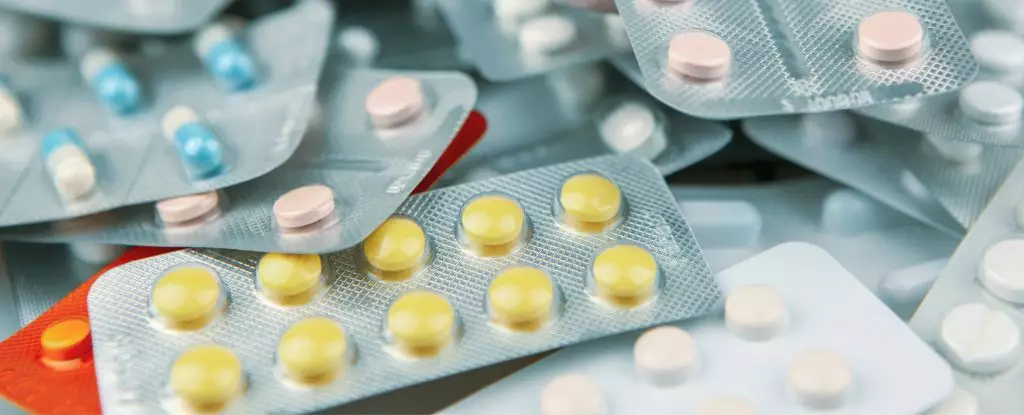Over the past few decades, generic drugs have revolutionized the pharmaceutical landscape, providing a cost-effective alternative to brand-name medications. By offering the same active ingredients, dosages, and administration routes, generics have made healthcare more affordable for millions, saving the healthcare system billions of dollars and improving access to essential treatments. However, a growing body of research raises concerns about the safety and quality of these generic alternatives, particularly those produced in emerging economies.
A recent study, which examined 2,443 generic drugs from various countries, has cast a shadow over the assumed equivalency of generic drugs. Conducted by a collaborative team from Korea and the United States, the research reveals striking disparities in safety between generic drugs manufactured in India and those produced in the U.S. Notably, the findings indicate a 54 percent increase in serious adverse events (SAEs)—ranging from hospitalizations to fatalities—linked to Indian-manufactured generics compared to their U.S. counterparts. This alarming statistic raises questions about the regulatory oversight and quality standards governing the production of these drugs overseas.
While the FDA assures that generic medications should function equivalently to their brand-name analogs, the evidence suggests that the manufacturing processes and supply chain dynamics are not uniformly upheld. Thus, the initial premise that generic drugs are interchangeable based on active ingredients alone does not necessarily guarantee the same level of safety across the board.
The inconsistency in quality among generics produced in different countries underscores a significant problem within regulatory frameworks. The FDA’s approach to inspecting foreign drug manufacturers has been criticized for its lack of rigor. Some pharmacologists argue that the agency does not have the necessary capacity to sufficiently oversee international production. Anecdotal evidence supports this claim, as there have been reports of manufacturers in India engaging in deceptive practices, such as shredding documentation right before inspections.
Additionally, the opaque nature of the FDA’s oversight raises concerns. The agency’s confidentiality regarding the locations of generic drug manufacturers hampers transparent evaluation of product safety. Without the ability to verify claims regarding the interchangeability of generics, patients and healthcare providers alike could be placed at risk.
The expanding market for generic drugs, particularly from India, may also contribute to a phenomenon that some experts refer to as a ‘race to the bottom.’ As generic drug producers face lower profit margins in a highly competitive market, there is a danger that corners may be cut to reduce production costs. The implications of this trend are troubling, as it threatens the integrity of the medicines that patients rely on for their health and well-being.
Research indicates that older generic drugs from India have been associated with an increased incidence of severe side effects compared to their U.S.-produced counterparts. This correlation suggests that if manufacturers prioritize cost-saving measures over rigorous quality control, patients could bear the consequences in terms of adverse health outcomes.
To mitigate these risks and enhance the credibility of generic drugs, experts advocate for a more robust framework for oversight and transparency. A key recommendation is for the FDA to publicly disclose the locations of drug manufacturers and provide greater transparency in their inspection processes. Such measures would empower healthcare providers and consumers, allowing them to make informed choices about their medications.
Moreover, proactive regulatory reform could bridge the gap between the manufacturing standards of generic drugs produced in advanced economies versus those in emerging markets. By establishing and enforcing stringent quality protocols across the board, the FDA could revive confidence in the safety of generics, ensuring that all patients benefit from affordable and effective healthcare options.
While generic drugs have undeniably increased access to essential medications, the contemporary landscape demands a more critical examination of their safety and quality. As evidence mounts regarding the disparate risks associated with generics from different manufacturing origins, the need for increased regulatory oversight becomes paramount. By addressing these concerns through transparency and improved standards, we can help ensure that the promise of generics as a safe, affordable alternative to brand-name medications is realized for all patients.

